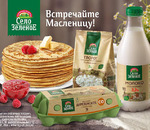It is a little about pink clay
Natural pink clay – one of rare grades. Sometimes for creation of pink clay just mix red and white. But there is also a special grade – pink. This clay can appear only at special climatic conditions which influence the minerals containing aluminum silicate.
The native region for pink clay – France. Exactly there it was for the first time found. And subsequently pink clay began to be extracted also in Australia, India, Germany, Bulgaria, Brazil, Iran, Great Britain and other countries worldwide.
Pink clay – one of the most gentle for this reason it is used more for sensitive and mature skin.
And uses of pink clay can the most various:
- it is possible to add to srubs
- to do bombs for a bathtub
- to do soap or to add to detergents
- face packs and bodies
- wrappings and so forth.
Pink clay, among other things, helps to reduce inflammations, tightens a time, reduces irritations of skin, improves blood circulation and promotes growth of collagen in skin. Generally, - an excellent product! Also it is necessary to try.
Bag of pink clay
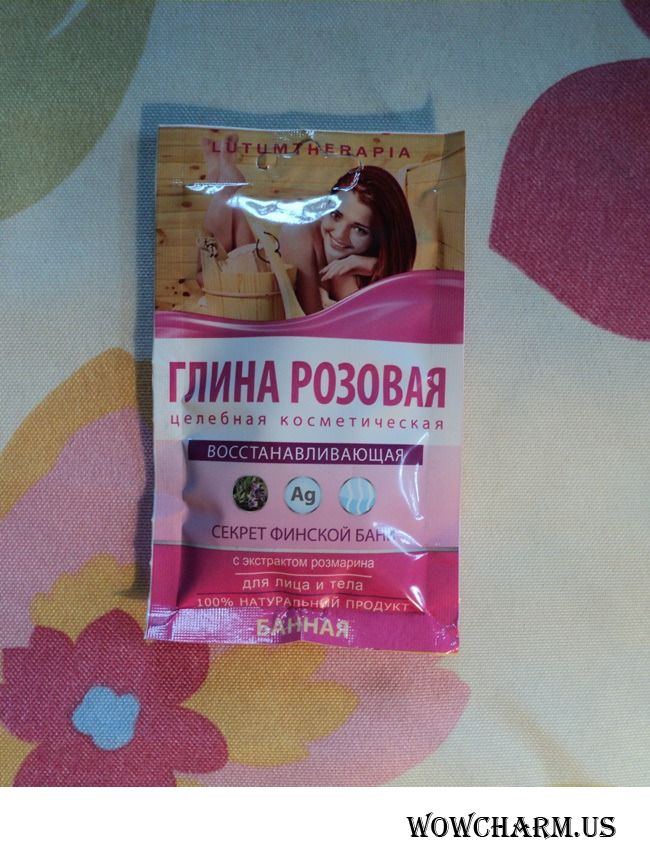
Unfortunately, the producer did not specify, this pink clay is extracted where exactly. Probably, after all in Russia because means this available, inexpensive, and hardly clay was carried from France.
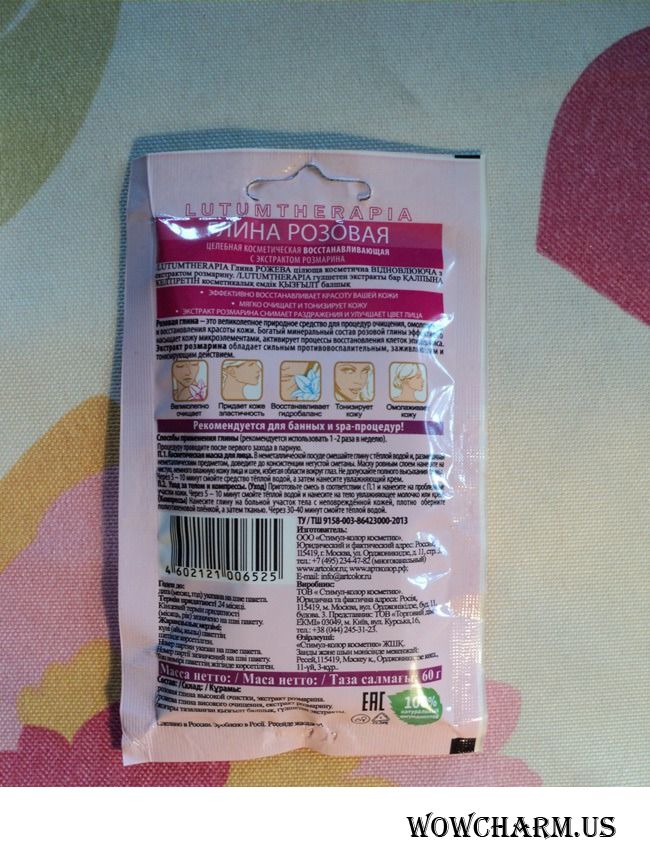
In a bag of 60 grams of clay. If to use for the person, then such volume will be enough for several applications.
On the face of packing there are three badges which show existence in structure not only clays, but also silver and extract of rosemary.
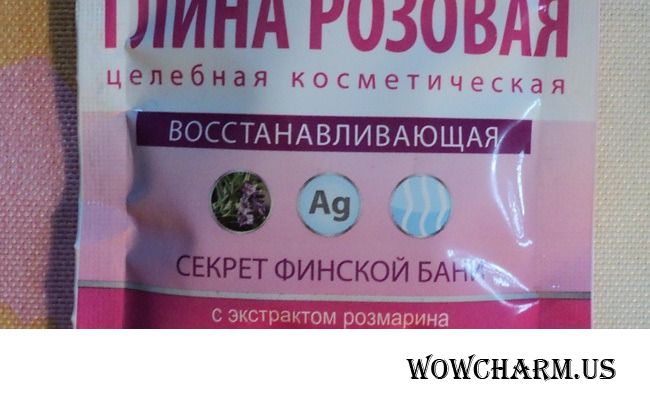
In the list of ingredients there is no silver. Therefore it is possible to assume that it is used for purification of clay. It is an organic product and some bacteria can be there and even after dehydration.
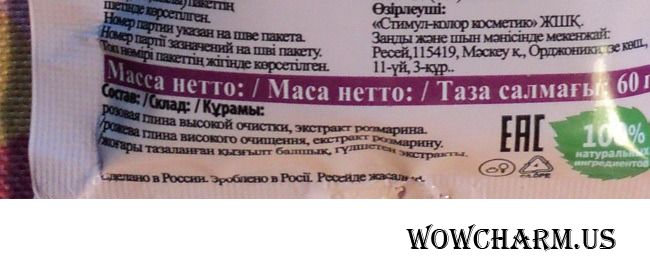
We investigate on ourselves
In a bag there is such powder. Color – more terracotta, than pink.
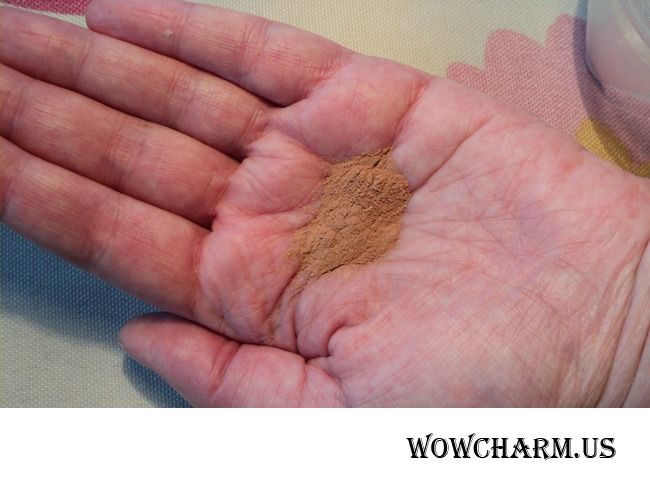
There is no smell any at all, I did not feel rosemary extract absolutely. There is no smell, even a light aroma of the earth or sand … Anything! And in a mask the structure does not smell of anything too (when you part with water).
Very much fine crushing, almost powder. If to sneeze – will scatter!
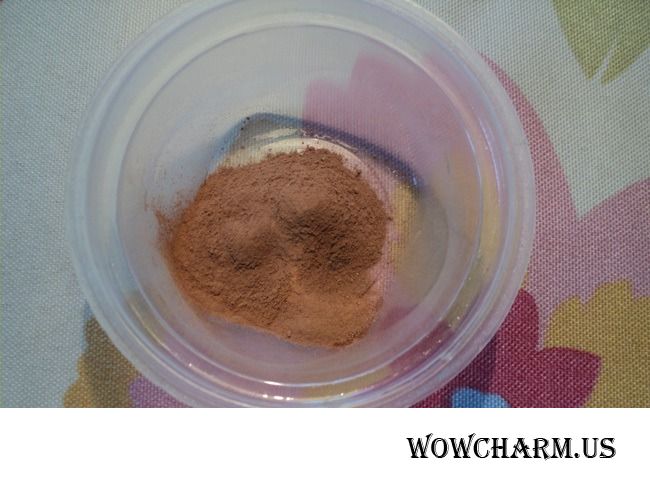
When mixing with water becomes more red as a brick at all.
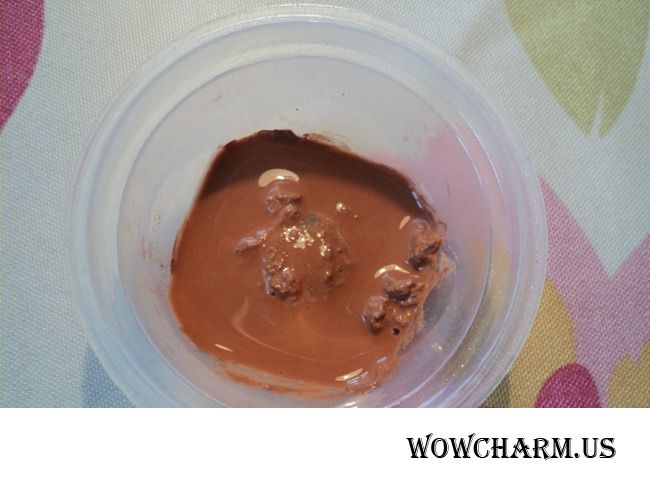
Here so it looks on skin.
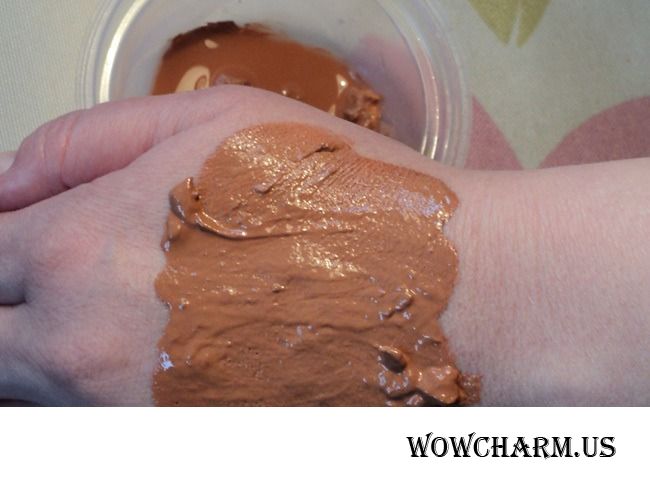
In process of drying the cooling effect is felt. Skin is pulled together and feels a chill. When the structure completely dries, it is such:
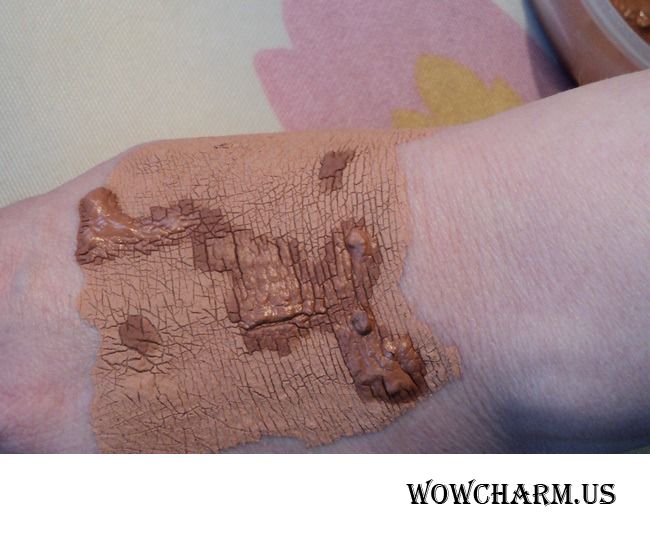
Drying required 15 minutes.
I had some fears about skin coloring. It would not be desirable that skin became more red, very much this clay is similar to what paints Indians.
Here skin after washing off of a mask. It is washed away not so simply, by usual water. But when you wipe this structure, there is an easy peeling, small parts mass skin. Skin was not painted and there are no irritations any.
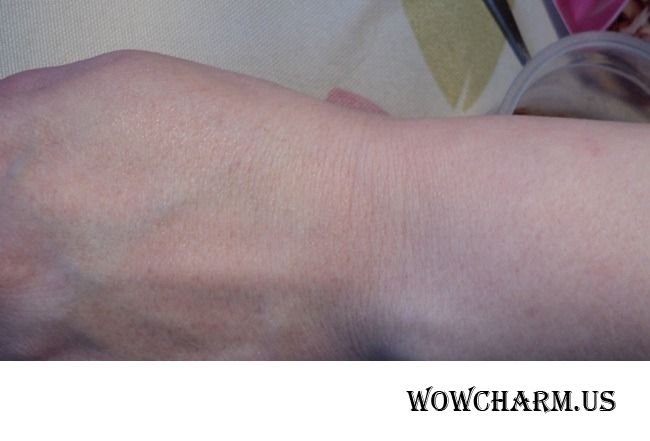
Results which I noticed, the following:
- It is better not to hope for the cleaning effect. Such feeling that the mask does not extend on itself dirt.
- There is a noticeable matting effect. And for fat sites the mask is ideal, it removes excess fat.
- Really does not irritate the skin. So the product precisely will be suitable for sensitive skin. The lack of a smell and fragrances, by the way, too confirms that pink clay is hypoallergenic.
- After a mask skin obviously needs moistening. There is a wish to keep dullness, but after all also the dryness is felt so to neglect moistening I do not advise. Or it is necessary to add oils or a cream basis to a mask.
I can tell that pink clay was interesting, nothing disappointed me, excellent experience. Perhaps, it can be mixed and with other grades, for certain it is possible to add to various srubs, it works – matts and does not irritate.






